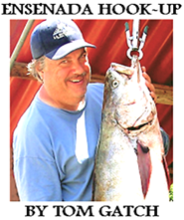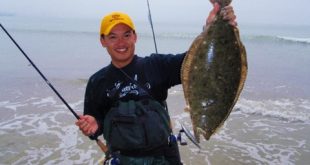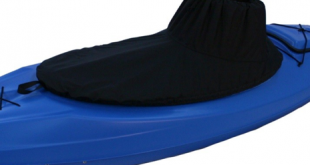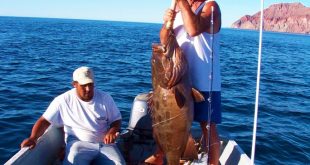 After a few year’s absence from local waters, there are now reports of bonito being caught in and around the Ensenada area. The fish have been showing both inshore and offshore, which is good news.
After a few year’s absence from local waters, there are now reports of bonito being caught in and around the Ensenada area. The fish have been showing both inshore and offshore, which is good news.
Pacific bonito are the smallest members of the tuna family, and can usually be found along the southern California and Baja coasts from late spring through late fall. In the Sea of Cortez, another bonito species (Sarda orientalis) is present, which is quite similar to its counterpart in the Pacific cousin. While bonito are spirited fighters, they were not particularly well thought of as a food fish for many decades.
Bonito are excellent fighters, however, and once a school is aroused they will viciously attack a variety of lures and baits. Most Pacific bonito are taken by a using a combination of trolling and live bait fishing methods. Schools of bonito are often found by trolling and, once located, live bait fish or lures can be used while drifting nearby to catch even more fish. Bonito are generally found offshore in 300 to 600 feet, but can also be encountered in the vicinity of kelp beds. The maximum weight of a Pacific bonito is just over 20 pounds, but most anglers end up catching school-sized fish between 4 and 8 pounds.
Chumming for bonito can be very effective, particularly along the outer edge of kelp beds during the summer months. Once a few bonito have been attracted, many more may quickly converge on the area to investigate the flurry of activity. The best live baits to use for bonito are either anchovies or sardines, but they will also attack Krocodile-style chrome spoons, small Rapalas and medium weight surface iron in a blue and white or chrome.
With the rapidly increasing popularity of sushi and sashimi, the bonito has finally gained new respect. When properly handled and at the peak of freshness, wafer thin slices of its translucent, delicately textured flesh are considered a gourmet delicacy when served along with a little wasabi and shoyu. Of course, knowledgeable Baja anglers have always known how delicious fresh bonito can be when it has been smoked. One of the very best techniques for making sure your bonito will turnout great as table fare no matter how you prepare it is to bleed the fish out, gut it and throw it under ice as soon as it is off your hook.
Looking back, it is no wonder why some anglers got a bad impression about the eating quality of bonito after their catch had been thrown into a burlap sack and left to sit out on a boat’s deck in the hot sun until they returned to port.
 Baja Review A community newspaper serving Ensenada, Valle de Guadalupe, and Rosarito in Northern Baja California
Baja Review A community newspaper serving Ensenada, Valle de Guadalupe, and Rosarito in Northern Baja California




